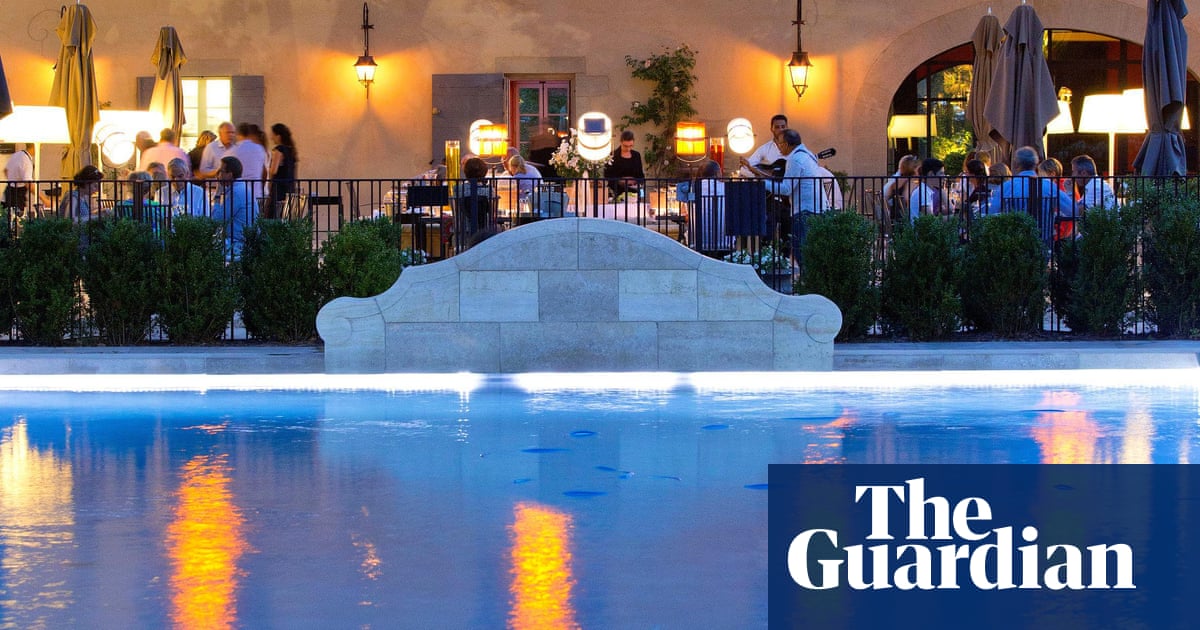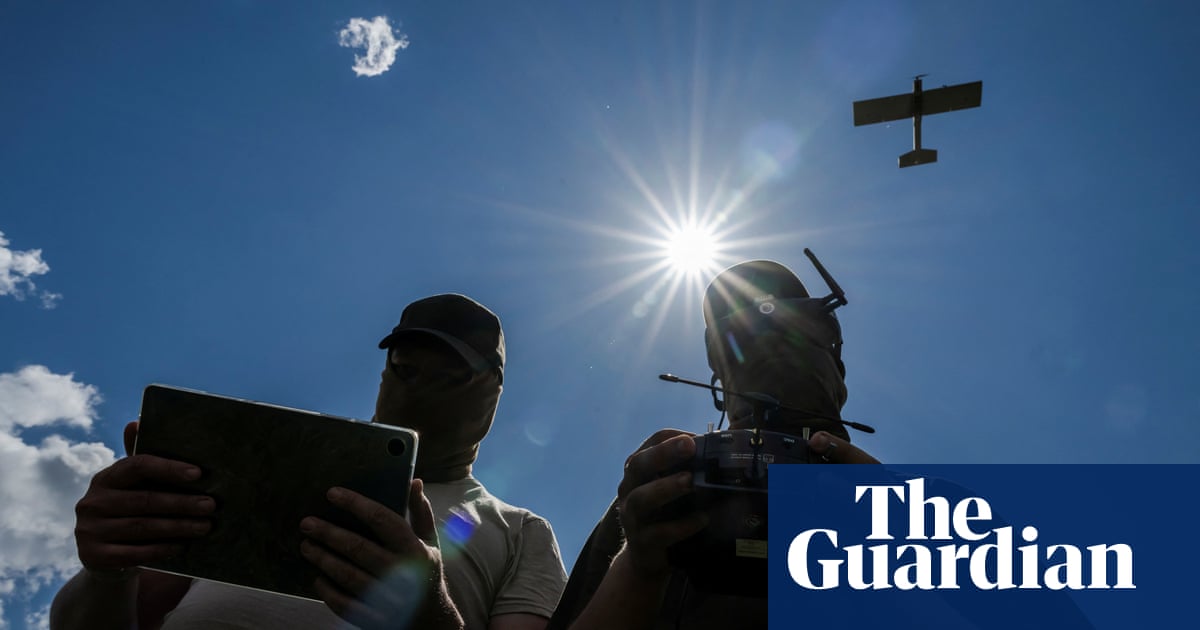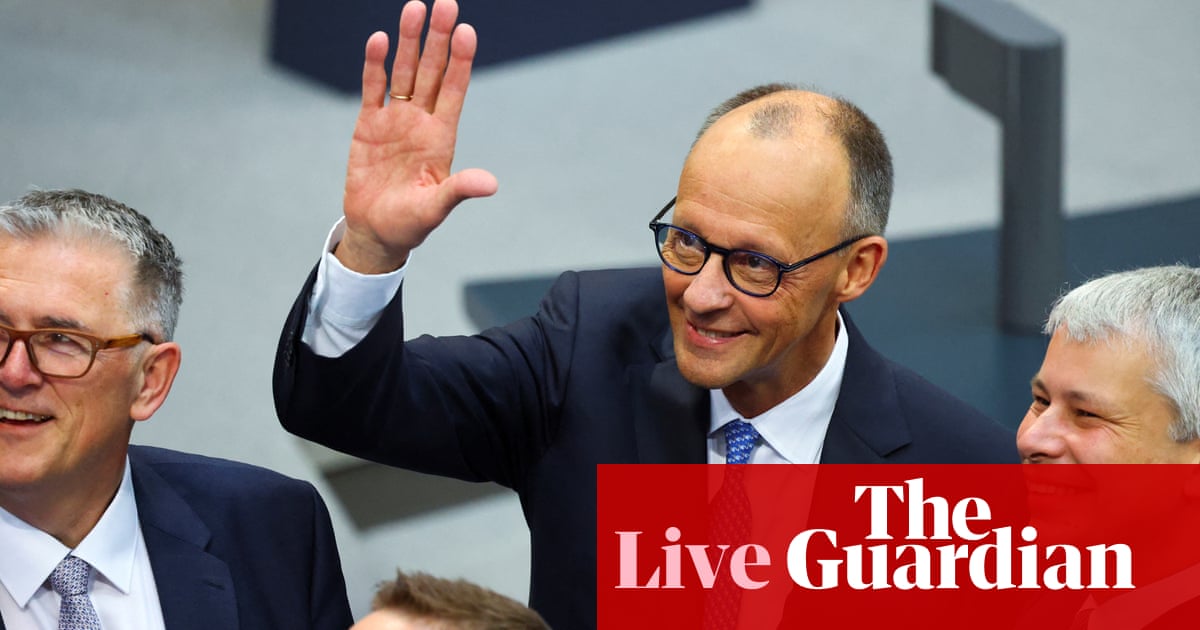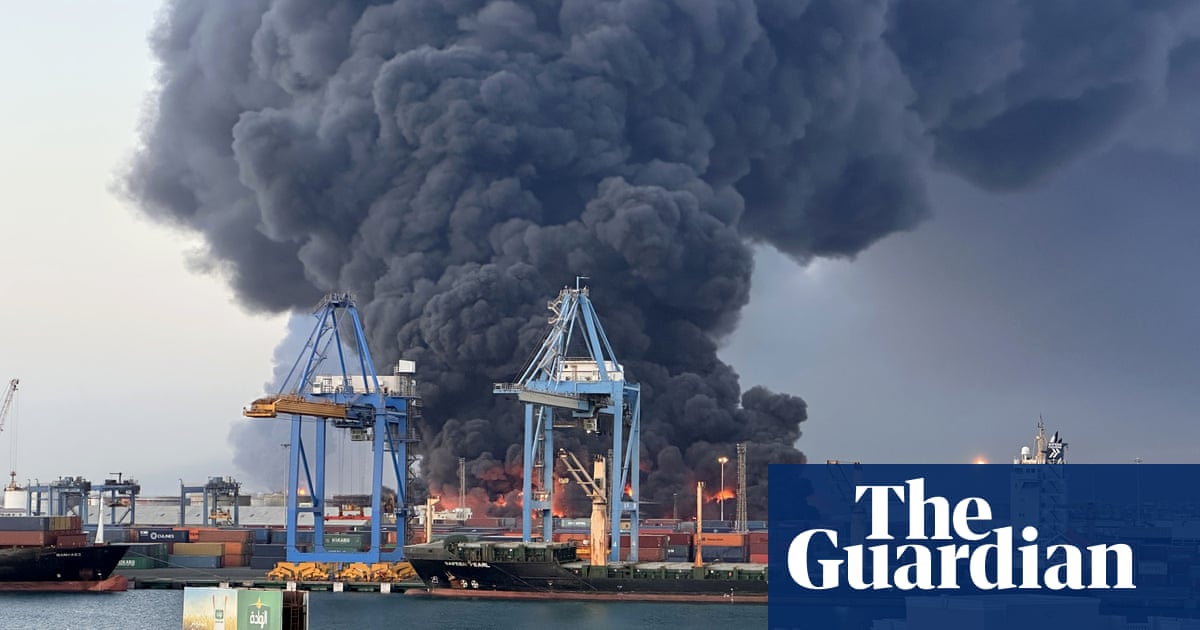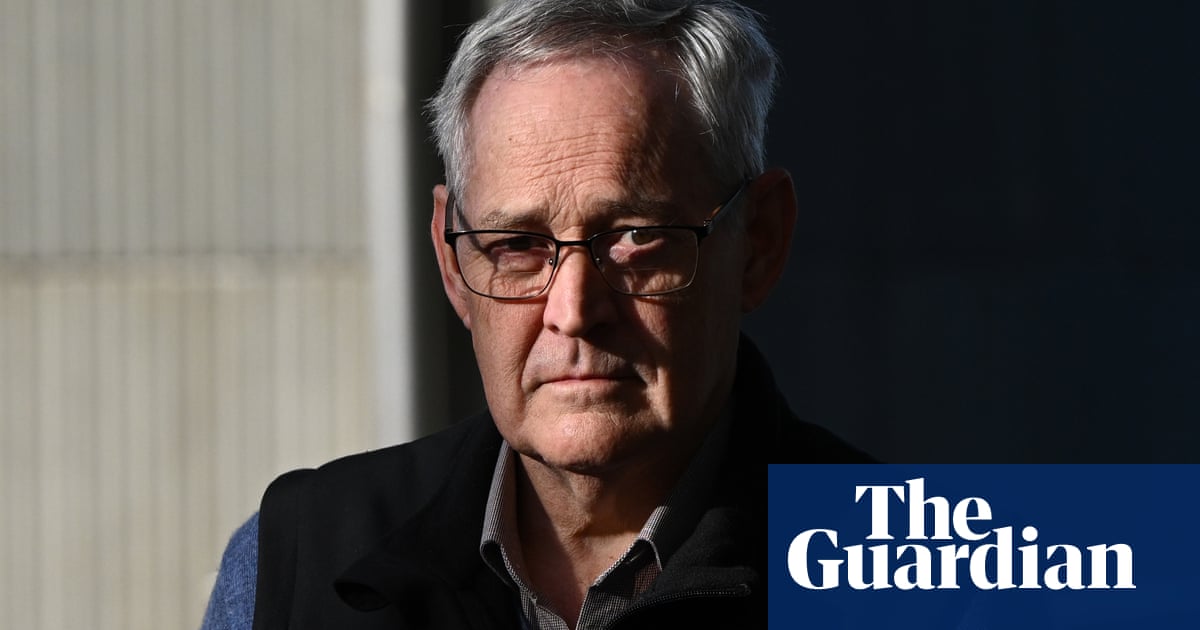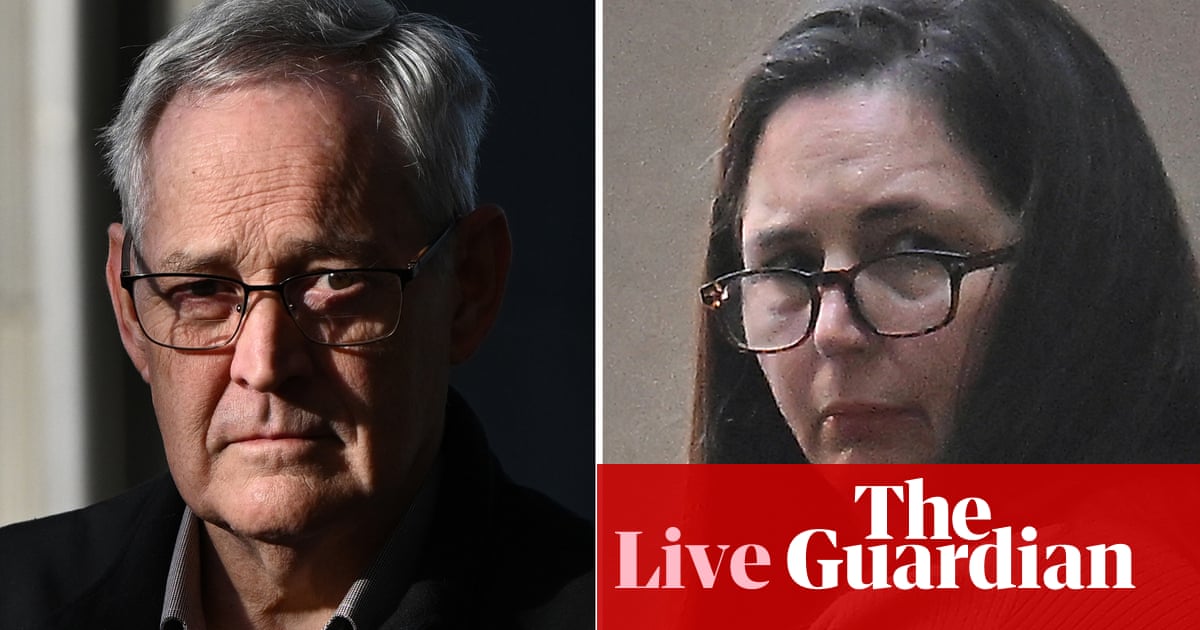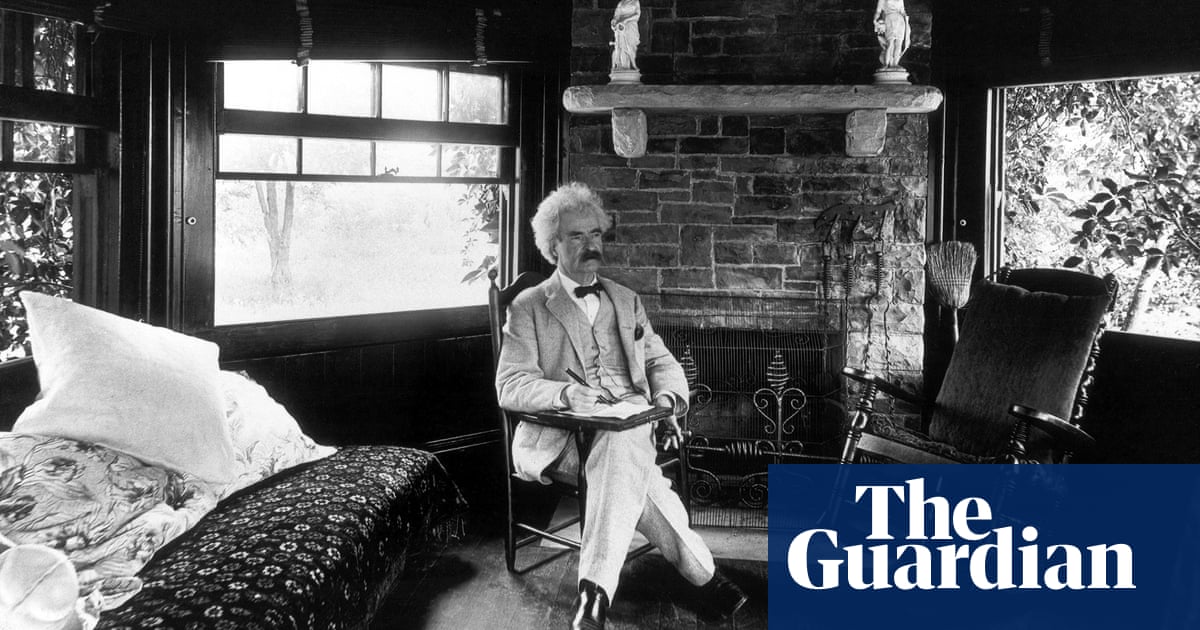For a building that witnessed one of the pivotal moments of European history, it is oddly unremarkable: a nondescript red-brick schoolhouse on an unexceptional street on the wrong side of the railway tracks in Reims, eastern France.
In May 1945 it was the Collège Moderne et Technique. Students came and went. Passersby may have wondered, briefly, at the two US military police officers outside the doors, but Americans were everywhere – the city had been liberated in August 1944.

Up on the first floor, however, in a commandeered classroom, Gen Dwight D Eisenhower and his staff were coordinating the final assault on Nazi Germany from what was then the Supreme Headquarters of the Allied Expeditionary Force.
It was, as the Baltimore Sun correspondent Price Day said, “the most secret of secret places in Europe”. And it was here, as neat black lettering on the facade now notes, “that on 7 May 1945 was signed the act that ended the second world war in Europe”.

This Victory in Europe (VE) Day, the 80th, carries more weight than usual. Few of those who attend it are likely to mark the next major anniversary in 2035, and it comes at a time when peace and security on the continent have rarely felt more fragile.
In the small museum that Eisenhower’s headquarters has now become, the present mayor of Reims confessed to just one minor regret.
“France never appropriated that date of 7 May,” said Arnaud Robinet. “There were reasons, but it’s a shame. The date chosen for Victory in Europe Day was 8 May. Yet the Germans surrendered here, in the next room, on the seventh. It’s been a bit forgotten.”
Reims has always marked 7 May. This year, its ceremony will be televised, a day before national commemorations in Paris. The 80th anniversary was vital, Robinet said: “We’re at a turning point. A moment where memory and history separate.”
To mark it here, the eternal flame is being brought from the Arc de Triomphe. Besides the official ceremonies there will be talks and documentaries, a specially written play, a son et lumière display, period vehicles, concerts and a bal populaire.
Through five days of events, the focus will be on transmission to the next generation. “Because events elsewhere show us the peace in Europe that was made here is not guaranteed,” he said. “If you don’t know your history, you can’t prepare the future.”
Next door at the Lycée Roosevelt, as the technical college is now known, Sven Turpin-Mihailovic, 18, agreed. “You feel the huge weight of history – of the most devastating war in history – heavily here,” he said. “Yet the same mistakes are being made.”

Turpin-Mihailovic and two final-year classmates, Julie Le Bailly, 18, and Doriane Koutcheroff, 17, are among five students preparing a guided tour of the building for VIPs attending next week’s commemorations.
What happened in the schoolhouse was part of their upbringing, they said. “My mum used to bring me here all the time,” said Koutcheroff. “It’s incredibly important today that this history is transmitted. We can’t forget.”
Le Bailly said the schoolhouse, and the commemorative events it will host, stood for “memory, for peace, and for the courage of those who fought. They’re a homage to all of that. And a warning not to commit the mistakes of the past.”
Turpin-Mihailovic said the students felt “like the guarantors of this history, this memory. The ones who will carry it forward. Our generation saw the return of war in Europe. Here, you can almost smell what that felt like, 80 years ago. We mustn’t let go of that.”
If history records that the allied victory came on 8 May 1945, it is mainly because of Joseph Stalin, who decided he wanted a far statelier, more symbolic capitulation in Berlin, where Germany’s aggression began, and which was now in Soviet hands.

The Reims surrender was a purely military affair, and relatively low-key. Grand Admiral Karl Dönitz, Adolf Hitler’s successor after the Führer’s suicide on 30 April 1945, had wanted separate ceasefires so as to continue fighting the Red Army in the east.
Eisenhower, however, refused, and on the afternoon of 6 May, Gen Alfred Jodl, chief of the German armed forces operations staff, was sent to Reims with authority to sign a full and unconditional surrender of land, air and seaborne forces.
Final negotiations dragged on deep into the night, with the German delegation pressing in particular for a delay to the ceasefire to enable as many soldiers and civilians as possible to flee west and avoid falling into the hands of the Red Army.
after newsletter promotion
It was not until 2.41 on the morning of 7 May that the document was finally signed at the long table in the brightly lit war room, its walls hung with huge charts of battlefield and air operations, railways, supply depots and prisoners taken.
Eisenhower’s chief of staff, Gen Walter Bedell Smith, signed for the western allies, followed by Gen Ivan Susloparov for the Soviet forces, and Jodl for Germany. Maj Gen François Sevez, representing France, signed as a witness, since the surrender was on French soil.

Seventeen members of the press had been bussed in from Paris for the occasion. “The scene seemed to freeze,” the Associated Press correspondent Relman Morin, who died in 1973, would write later. “It had the character of a picture, somehow, a queer unreality. Here was the end of nearly five years of war, of blood and death, of explosions and bullets whining and the wailing of air raid sirens. Here, brought into this room, was the end of all that.”
With Jodl’s signature on the act of surrender, Morin said, he was “signing away the German army, and the Luftwaffe, and the submarines”. With one scratch of the general’s pen, “the state that was to have lasted a thousand years, died.”
Because Eisenhower outranked Jodl, he was not present for the signing, but he received the German delegation in his office upstairs. Minutes later, he dispatched a simple message: “The mission of this allied force was fulfilled at 0241, local time, May 7th, 1945.”

There were no immediate celebrations. The ceasefire was set for 11.01pm on 8 May, and the correspondents present were sworn not to report the surrender until further notice. A few hours later, however, German radio did – and the news was out.
“Nazis Quit!” was the banner headline in a late-night extra edition of the Cleveland News on 7 May, with variations on the same theme in every other US paper. “The greatest war in history ended today with the unconditional surrender of Germany.”
The western allies’ leaders – the US president, Harry S Truman, the British prime minister, Winston Churchill, and the head of the Free French, Gen Charles de Gaulle – announced the end of the war the next afternoon. It was not quite over yet, though.
“Stalin refused to acknowledge the surrender and said Susloparov was not authorised to sign it,” said Bénédicte Hernu, the director of Reims’s historical museums. “He insisted on another, grander surrender in Berlin that would highlight the Soviet role.”

De Gaulle fully backed the idea, Hernu said, since he believed the Free French “had been short-changed by the Americans, too”. The other allies did not object, so Reims became “the military surrender, and Berlin the political, diplomatic one”.
The text – containing hardly any significant changes, but agreed this time by three marshals: Georgy Zhukov, Arthur Tedder and Wilhelm Keitel – was signed at 10.43pm CET. At 11.01pm, as dictated in the Reims capitulation, the fighting in Europe ended.
The Museum of the Surrender in Reims, where the war room has been preserved almost exactly as it was on 7 May 1945 – bar a few missing ashtrays, spirited away on the night as souvenirs – closes for renovation after the 80th VE Day events.
“We’re modernising it, focusing on explaining what happened here and why, and what is left now,” Hernu said. “It’s about educating and transmitting. No one would have thought, even a few years ago, we’d be asking the same questions as then.”

 5 hours ago
5
5 hours ago
5
